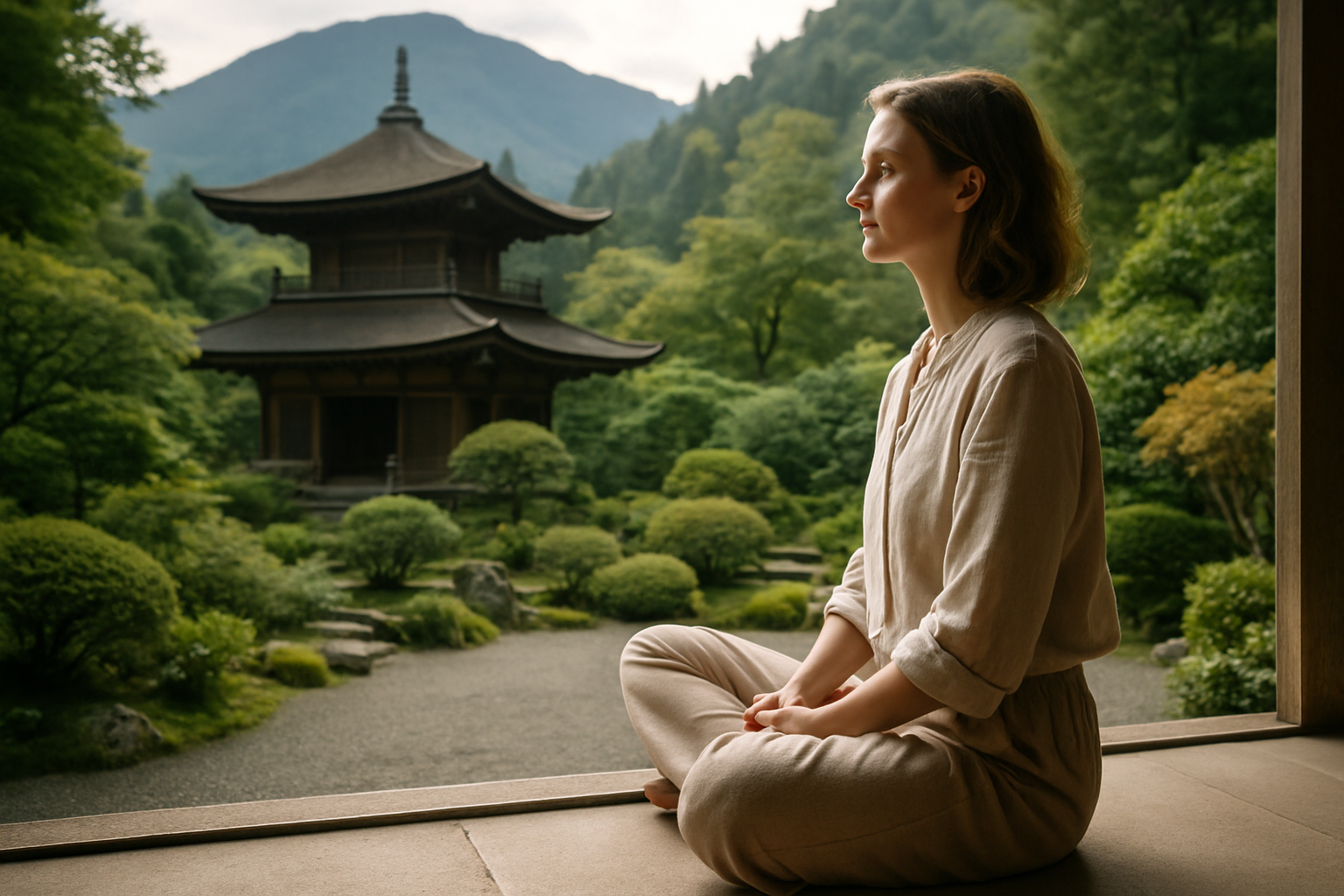Unveiling the Secrets of Silent Retreats: A Journey Into Inner Peace and Mindful Travel
In the whirlwind of modern life, the desire for tranquility and self-connection has sparked a growing interest in silent retreats. As a remarkable blend of travel and introspection, these unique getaways are attracting travelers from all walks of life. Let's delve into the intriguing world of silent retreats and explore how they are reshaping the travel landscape.

The Genesis of Silent Retreats
Born from ancient traditions, silent retreats have a long and rich history dating back to various spiritual practices worldwide. Buddhist meditation retreats, Christian hermitages, and Hindu ashrams are just a few examples of early silent retreats. As society began to recognize the importance of mental well-being, these retreats made their way into mainstream travel, offering a respite from the frenetic pace of modern life.
The Modern Appeal of Silent Retreats
Today, silent retreats are becoming increasingly popular among travelers seeking personal growth and inner peace. These retreats provide a space for introspection, reflection, and mindfulness. Unlike typical vacations filled with sightseeing and activities, silent retreats prioritize mental relaxation and self-discovery. They offer a unique opportunity to disconnect from the digital world and reconnect with one’s thoughts and emotions.
Silent Retreats: Advantages and Challenges
Silent retreats offer various benefits, including reduced stress, improved concentration, and enhanced self-awareness. They encourage mindfulness and present a valuable opportunity to break away from daily routines and distractions. However, they also pose challenges. Being silent for extended periods can be uncomfortable, and confronting one’s thoughts without distractions can be daunting. Yet, these challenges contribute to the transformative impact of silent retreats on travelers.
The Impact of Silent Retreats on Travel Trends
The rise of silent retreats is indicative of a broader shift in travel trends towards experiences promoting well-being and personal development. Furthermore, in a society increasingly aware of mental health, silent retreats align with the desire for travel experiences that nurture the mind. As people continue to seek out meaningful and restorative travel experiences, silent retreats will likely continue to grow in popularity.
Things to Know Before Embarking on a Silent Retreat
-
Silent retreats can vary in length, from a day to several weeks. It’s essential to consider your comfort level with silence when choosing the duration.
-
Silent retreats often follow a structured schedule, which may include meditation, yoga, and periods of reflection.
-
It’s normal to feel resistance or discomfort during the initial stages of the retreat. Be patient and give yourself time to adjust.
-
Silent retreats are not exclusive to spiritual or religious individuals. Anyone seeking peace, quiet, and introspection can benefit from these retreats.
In conclusion, silent retreats represent a compelling blend of travel and introspection. They offer a unique escape from the noise and distractions of everyday life, providing a space for personal growth, self-discovery, and mental relaxation. As the travel landscape continues to evolve, silent retreats offer a unique and transformative experience that speaks to the growing desire for travel that nurtures the mind as well as the body.





